Homemade Fudge Recipes: The Real Traditional Recipe
Fudge is a delightful confection that brings joy to many occasions, be it a family gathering or a casual afternoon treat. Homemade fudge is cherished for its rich taste and creamy texture, embodying the love and care of its maker. This article delves into the foundations of traditional homemade fudge recipes, exploring key ingredients, preparation methods, and variations that cater to diverse palates.
Why is Sugar Used in Homemade Fudge?
The Benefits and Culinary History of Sugar
Sugar is not only a key ingredient in homemade fudge but is also pivotal in a variety of confectionery forms. Historically, sugar has been used as a preservative and flavor enhancer, dating back to ancient civilizations. The crystalline substance works by providing sweetness, which balances the richness of the fats used in fudge, such as butter or cream. Additionally, sugar aids in achieving the desired texture. When cooked and cooled, sugar crystallizes, offering fudge its characteristic smoothness and firmness when set.
Possible Alternatives to Replace Sugar
Although sugar is a staple in fudge recipes, alternatives abound for those seeking healthier options or managing specific dietary requirements. Natural sweeteners like honey, maple syrup, or agave nectar can provide sweetness, albeit with a different flavor profile. Sugar substitutes such as erythritol, stevia, or monk fruit can also be employed, offering less caloric content while still satisfying one’s sweet tooth. However, it is crucial to adjust cooking times and ingredient ratios when opting for alternatives, as they interact differently during the cooking process.
Ingredients in Homemade Fudge
Basic Products
To create traditional homemade fudge, the following essential ingredients are typically required:
- Sugar: Granulated white sugar acts as the primary sweetener and structural component.
- Butter: Unsalted butter adds richness and creaminess, enhancing the overall mouthfeel.
- Evaporated Milk: This ingredient provides moisture and helps dissolve the sugar, leading to a smooth consistency.
- Vanilla Extract: A splash of this extract adds depth and aromatic flavor that complements the sweetness.
Essential Seasonings or Add-ins
To elevate the flavor profile of homemade fudge, various seasonings and add-ins can be incorporated, such as:
- Salt: A pinch of salt counteracts sweetness, creating a more balanced flavor.
- Chocolate or Cocoa Powder: For chocolate fudge, either chocolate chips or cocoa powder can be added for a rich cocoa flavor.
- Nuts, Dried Fruits, or Marshmallows: These add texture, flavor, and variety, making the fudge not only delicious but visually appealing.
Preparation of Homemade Fudge
Step 1 – Preparing the Ingredients
Before beginning the fudge-making process, ensure that all ingredients are measured accurately and that butter is at room temperature. Preparing the workspace by gathering pots, pans, and utensils is essential for a smooth cooking experience.
Step 2 – Pre-Cooking or Special Preparation
In many traditional recipes, the sugar, butter, and evaporated milk should be combined in a saucepan over medium heat. It is vital to stir this mixture continuously until the sugar dissolves and comes to a full boil. This step is crucial, as preventing sugar from crystallizing ensures a smooth fudge texture.
Step 3 – Mixing and Assembling
Once boiling, the mixture needs to be monitored closely. Cook for about 5 to 10 minutes, allowing it to reach a soft-ball stage (approximately 234°F or 112°C on a candy thermometer). At this point, remove the pot from heat, and allow it to cool slightly before gently folding in the vanilla extract and any additional flavors or mix-ins.
Step 4 – Cooking and Finishing
Pour the cooled fudge mixture into a greased or lined baking dish, smoothing the top for even distribution. Let it sit at room temperature until completely set, which could take several hours. Once firm, cut the fudge into squares or rectangles for serving.
Variations and Adaptations of Homemade Fudge
Regional or Traditional Version
Fudge is celebrated worldwide, with various regions having their own spins on the classic recipe. For instance, in the United Kingdom, a crumbly type of chocolate fudge known as “Scottish tablet” is known for its firmer texture and less creaminess compared to American-style fudge. Each variant showcases the uniqueness and diversity of local ingredients and tastes.
Modern or Revisited Version
Contemporary food trends may influence fudge recipes, leading to unique combinations. Ingredients such as matcha powder for a green tea fudge, or adding a swirl of fruit preserves for a tart flavor contrast, reflect a creative reimagining of traditional recipes to suit modern palates.
Adaptations to Suit Your Tastes
Personal preferences make fudge an adaptable treat. For those seeking gluten-free or dairy-free versions, substitutions like coconut oil for butter and coconut milk in place of evaporated milk can yield satisfying results. Additionally, adjusting sugar levels or incorporating spices such as cinnamon or chili powder can cater to individual taste preferences, allowing everyone to enjoy this confection as they wish.
Frequently Asked Questions About Homemade Fudge (FAQ)
Can I use chocolate bars instead of cocoa powder?
Yes, using chocolate bars is a common method. Melted chocolate can be folded into the sugar mixture for richer chocolate fudge.
How should I store homemade fudge?
Homemade fudge should be wrapped tightly and stored in an airtight container at room temperature. It can last for 1 to 2 weeks, or it may be refrigerated for longer shelf life.
Why is my fudge grainy?
Graininess in fudge often arises from sugar crystallization. Ensuring that sugar dissolves entirely during the cooking process and refraining from stirring during the boiling phase can help mitigate this issue.
Can I freeze fudge?
Absolutely! Fudge can be frozen for extended preservation. Just ensure it is well-wrapped in plastic wrap and then placed in an airtight container before freezing.
In conclusion, homemade fudge represents not just a delectable treat but also a canvas for creativity and adaptation. Whether sticking to traditional methods or venturing into modern revisions, crafting fudge can be a rewarding experience that delights the taste buds and nurtures the soul.

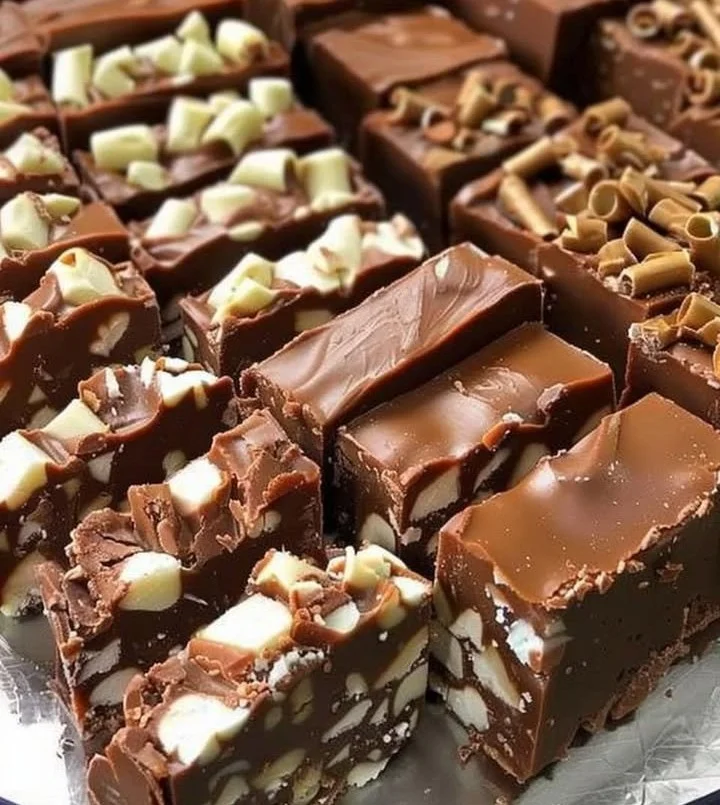



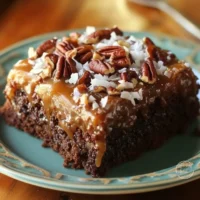

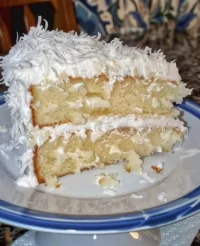

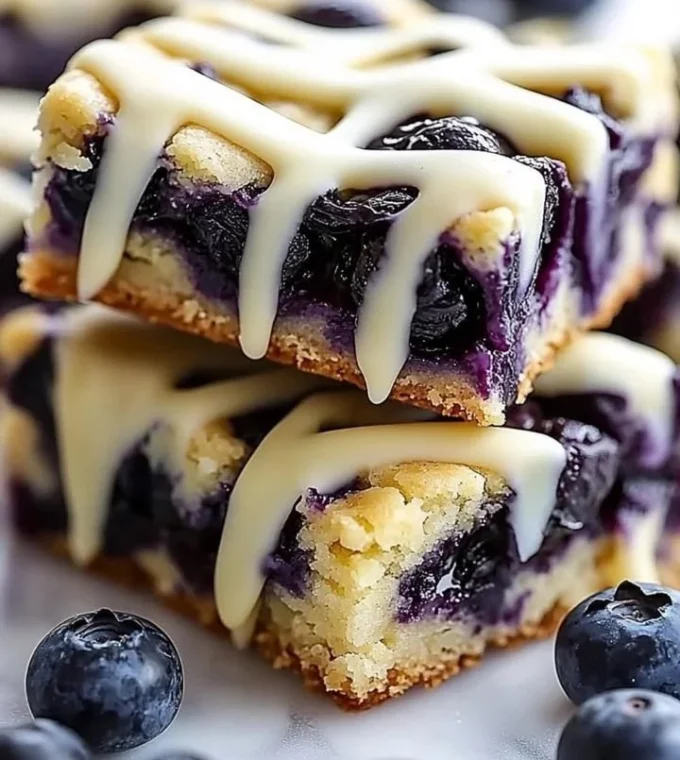
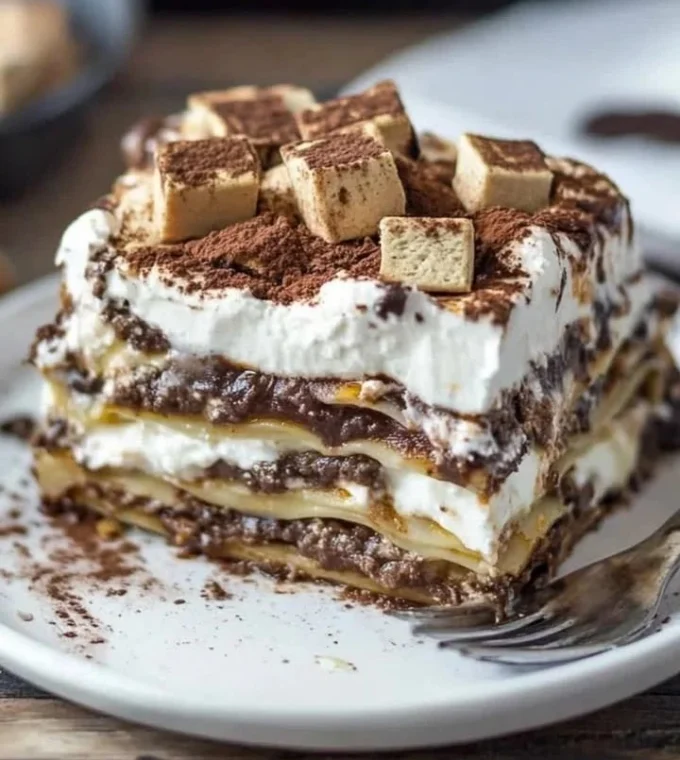

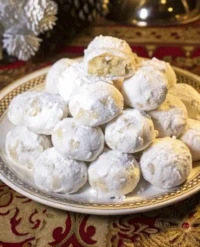

Leave a comment